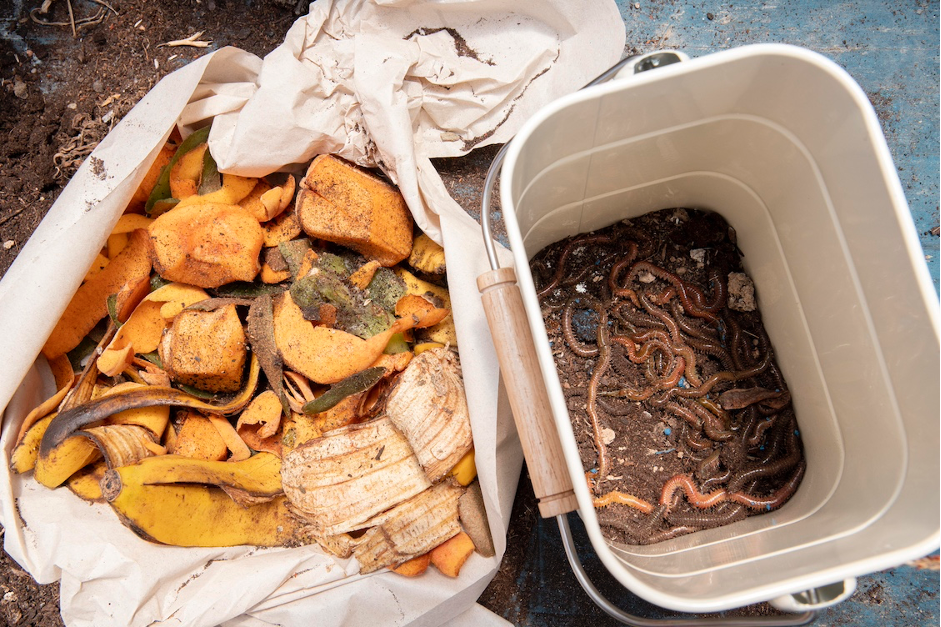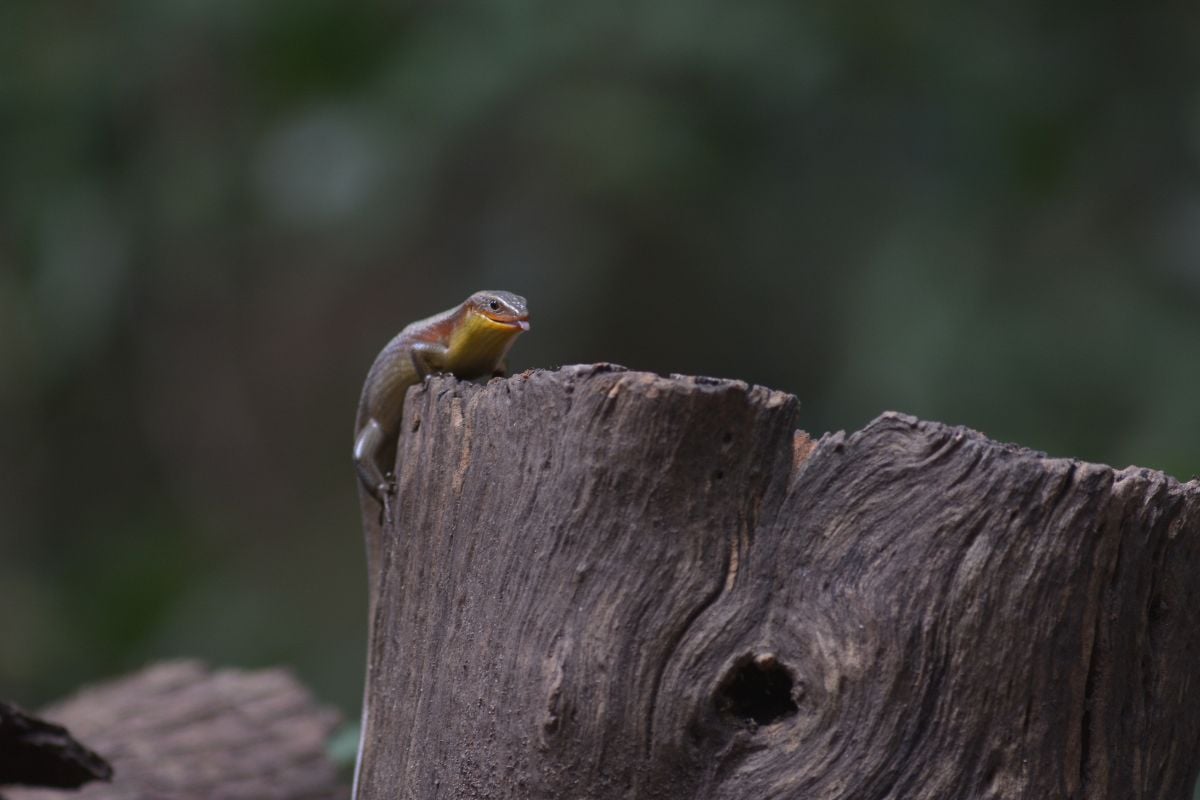 If you have been composting with worms, you will occasionally want to harvest those valuable worm castings. This completed compost is rich in nutrients and perfect for the garden. Completed compost helps plants grow strong. One way easy to separate the worms from the compost is to use a screen.
If you have been composting with worms, you will occasionally want to harvest those valuable worm castings. This completed compost is rich in nutrients and perfect for the garden. Completed compost helps plants grow strong. One way easy to separate the worms from the compost is to use a screen.
Here at Uncle Jim’s Worm Farm, we use more sophisticated machines to separate hundreds of thousands of worms a week. For small scale worm bins, we recommend the rectangular screen. This article will teach you how to get the materials, build a rough frame, and use it for separating compost.
Materials for Making a Compost Screen
- Scrap wood such as 2.5” x ¾” pine, or an existing frame
- Saw
- Hammer & nails, nail gun, or screws & electric screwdriver
- Measuring tape (or just eyeball it)
- Staple gun
- Hardware cloth with 1/4″ mesh. For finer compost, try the 1/8” mesh, but it might be more time-consuming.
- Clipper to cut the hardware cloth
This video shows you how to make the compost screen. Step-by-Step instructions are below.
How to Build the Screen
- Note the width of your hardware cloth. You will want 2” overlap on each side. So if your hardware cloth is 24” wide, make one side of the frame 20” long.
- Cut the wood for the frame. You will need two pairs of the same length. For example, two pieces 20” long, and two pieces 16” long.
- Lay out the wood pieces to make a regular rectangle.
- Nail the frame together. A nail gun is ideal. Or use a hammer and nails. Screws work too. (Glue on its own will not hold it together).
- Place the frame on the hardware cloth. Allow 2” overlap on each side. Mark the size, remove the frame, and use strong clippers to cut the hardware cloth to size.
- Put the frame in the center of the cut hardware cloth. Use clippers to make 45-degree cuts into the corners. You will be folding these up on the outside of the frame later.
- Fold up the hardware cloth overlap on the outside of one side of the frame. Use the staple gun to fix it to the side of the frame. Make sure the cloth doesn’t stick out over the top of the frame or the sharp edges can cut fingers.
- Repeat on all sides.
- Fold over the hardware cloth in each corner and staple into place.
Now you have a composting screen! It can be used over and over again to make your compost clean and aerated. It also means you can put most of your composting worms back in your vermicomposting bin.
To screen compost, just put finished compost into the top of the screen and shake it over a container. The fine compost falls through the screen and into the container. The worms and debris stay on top. See this other video about screening the compost.
There are other ways of separating worms from the compost.
- If you have a tray-based composter, attract them with food. Feed only in the top tray. Harvest compost from the lower trays.
- If you have a compost bin, try adding food in only one area for a while. They will gravitate toward the food once they finish the other scraps in the bin. Then, harvest compost from the other parts of the bin.
- Put them into small mounds. They will scurry away from the light. Before trying this, see our article about Separating Worms from Compost and Bedding.









10 thoughts on “Making a Screen to Separate Worms from Compost”
The bedding is the core for the worms. Right.
Hi Larry,
I’m not quite sure what you mean by “core” for the worms. The bedding ins the substance that the worms live in. It can be composed of several different options: Organic Peat Moss, coconut coir, shredded newspaper (black and white, no glossy advertising pages), shredded brown cardboard, aged (NOT fresh) horse or cow manure, Straw and hay, Fall leaves and other yard waste, and rabbit manure. We highly recommend the Peat Moss or Coconut coir as the primary bedding, and you can mix it with any of the other types of bedding if you have them on hand. There should be at least 4 inches of bedding in your worm bin for the worms to move around in, and it needs to be kept damp like a wrung out sponge.
I hope this information helps! Sincerely, Bethany – Uncle Jim’s Worm Farm
Very interesting I’m making some this week
Very interesting I’m making some this week
Is there a preferred shape of a worm casting sifter?
do you sale commercial size worm beds
I made a screen like described. I put the worms & compost on it, give it a light shake, and have more worms fall into the finished compass than worms on the screen. What could I be doing wrong?
I have 2 screens, 1/8″ and 1/4″. the worms are everywhere, the agitation makes them crawl through and small ones fall to the bottom. what should I do with the material, if i’m trying to grow more worms.
I have big clumps which likely have concentrated worm groups, medium size consisting mostly of castings and eggs, and a fine soil left over filled with some skinny, young worms and white mites. actually white mites are everywhere.
should I put all the worms in the fine soil and add fresh bedding or put all the big clumps together with fresh bedding to help them migrate so I can break down the larger soil clumps.
I’m using a big tote, a small tray, and a stack of 5 gallon potting planters with drain holes
are you putting meats and dairy in there. The white mites is from it being to moist. and also if your feeding meats, dairy bread etc. i would use the smaller sifter and sift out slowly and put the worms in a new bedding container and put the eggs in another one.
Tried the 1/8 inch screening and the compost wouldn’t go through the screen, but the small worms did!